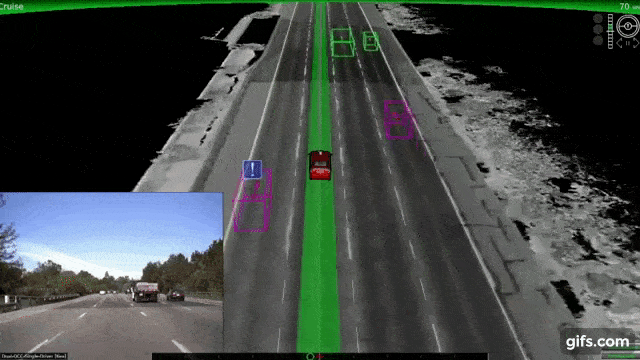Cars have come a long way since the first Model Ts left Ford’s assembly plant in Detroit, especially in terms of safety. First, there was the seat belt, then came better breaks and airbags. Yet, a staggering 1.25 million people still die on world’s roads every year. That’s a depressingly high fatality count despite today’s cars being packed with hundreds of sensors and smart electronics. Chris Urmson, the former chief engineer for Google’s Self-Driving Car Project, says there’s no hope in slashing the death toll on the road unless we solve the biggest bug in the system chain: humans. And he’s right because statistically speaking, the least reliable part of a car is the driver.
Seeing traffic through the lens of a self-driving car
The solution to this problem is self-driving cars — vehicles with lots and lots of CPU power and special instruments that can ‘see’ and respond to traffic at least just as well as the best drivers. The added benefit is that they’re always paying attention.
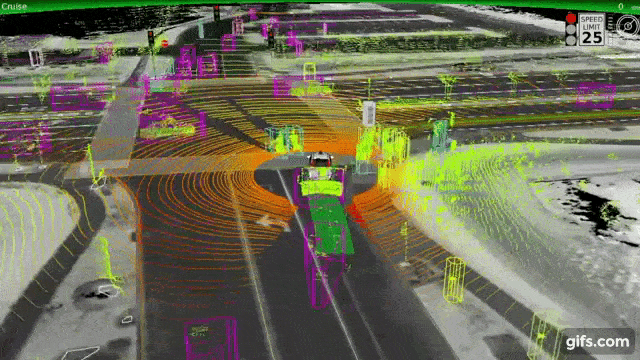
Some can’t fathom how a car could possibly be safe given the hectic nature of traffic. A driver is constantly bombarded with information, like other cars and pedestrians in traffic, road signs, and so on. But that’s routine. The problem lies in in the unexpected: closed roads due to construction works, poor drivers making the wrong turns at the last possible minute, madmen with little concern for anyone’s safety — not even their own.
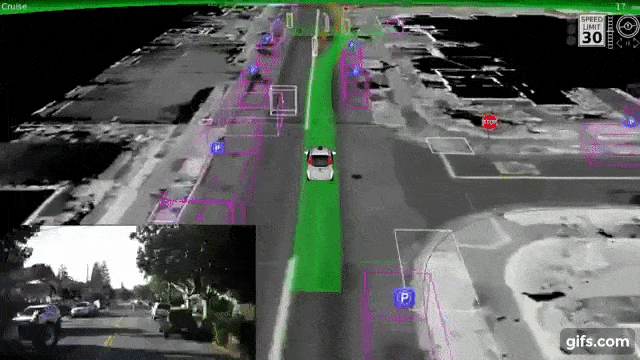
The truth is, a self-driving car can not only see as much as a driver — it can see much more because it literally has eyes in its back. Tesla’s completely self-driving cars have multiple cameras, lasers, sensors, a freaking supercomputer, and last but not least incredibly complex algorithms that can pick the right decision from thousands of possible scenarios in an instant.
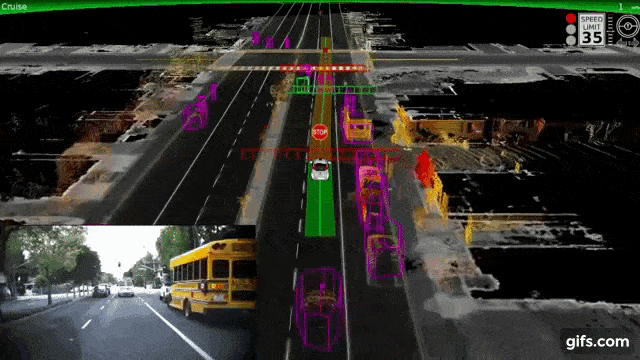
With each mile logged in by each self-driving car, the rest of the fleet gets smarter, more reactive, and safer at the end of the day.

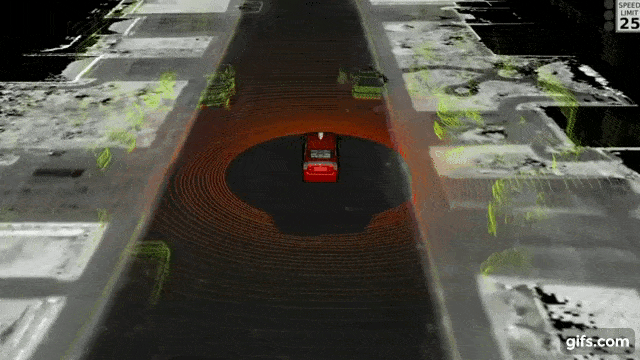


It’s believed that 94 percent of automobile accidents are the result of human error. One study found that self-driving cars could cut crash fatalities by as much as 90 percent, or 29,447 lives in the U.S. annually. As they stand today, self-driving cars aren’t perfect — but neither are humans.
There are many challenges that lie ahead before self-driving cars become adopted en-mass. There are also social conundrums as possibly millions of professional drivers are faced with the prospect of becoming unemployed almost overnight.
There’s no denying, however, that what we’re witnessing is progress in the making.
All gifs in this article are made from Urmson’s excellent TED talk.
